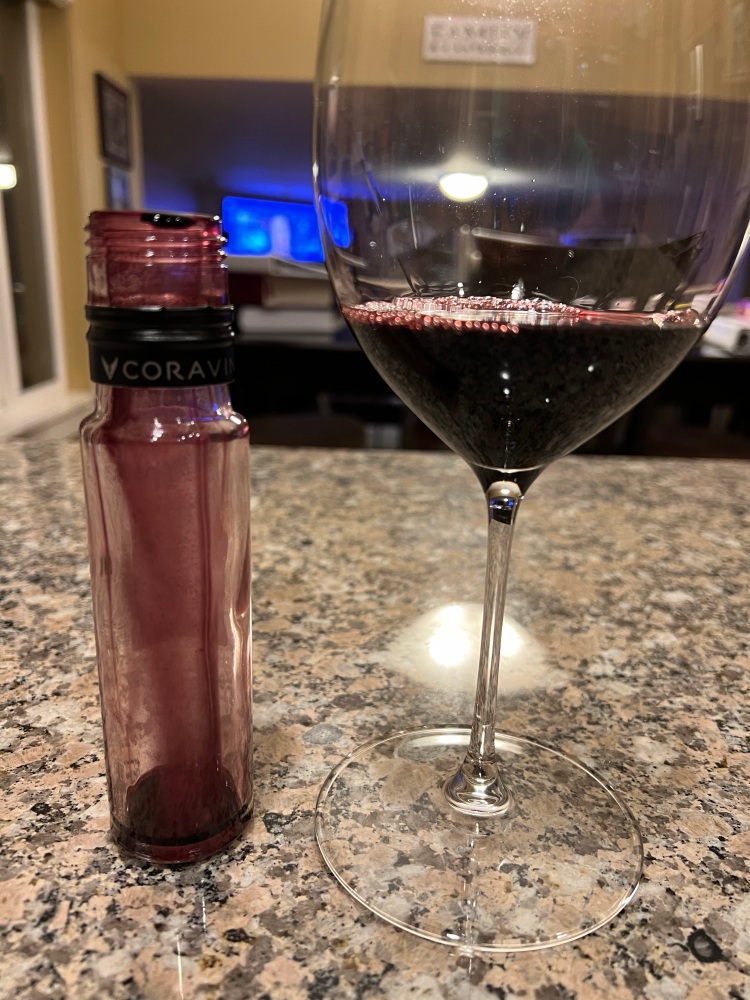
Vintage Port is a highly regarded Port wine made only in the best vintages. It is made from blends of red grapes such as Touriga Franca and Touriga Nacional. Both of these grapes have high levels of tannin, flavor and color, which allows them to produce wines capable of prolonged aging. Grapes for these wines are harvested, processed and matured with the intent of continuing to mature in bottle for extended periods. The producer can’t declare a vintage until 2 years after harvest. This is done when the grapes and young wines are deemed exceptional. The producer then announces their intentions to the governing body, IVDP. The IVDP will also taste the wine to confirm it meets standards to use the Vintage labeling. It is rare to have consecutive vintages declared to prevent competition between the wines. Not all producers declare Vintage Ports in the same year but some vintages are more popular than others. If a vintage is not declared, the wine can be used to produce Single Quinta Port. Single Quinta Ports are made using grapes from one estate and a single vintage. Both Vintage and Single Quinta Ports are aged in barrels (18-20 months for Vintage or 2-3 years for Single Quinta) then bottled without filtering out solids. These wines will continue to develop complexity over time with improved integration of tannin and alcohol in the wine as they age. During this bottle aging process, tannins will form bonds with color compounds and fall out of solution. These wines can withstand long periods of aging, at least 20 years. This creates sedimentation in the bottle and lightens the depth of color of the wine. Upon opening these bottles, it is highly recommended to decant or slowly pour wine from the bottle to leave the sediment behind. This is especially important the longer the wine ages.
This week, I drank a 2019 Sandeman’s Quinto do Seixo Vintage Port. This is a very young Vintage with a pronounced dark ruby color that stains the bowl of my glass as I swirl it. The wine is so viscous, the legs mostly cling to the bowl and never fall to the surface of the wine. The bottle I poured it from has ample sediment that was left behind when I poured my glass. As this wine ages, the color will transition to garnet then brown and become less inky. This wine has pronounced aromas of blackberries, black cherries, rose petals, black plum, cocoa, and white pepper. This full bodied sweet wine has a high level of alcohol and smooth tannins. There is a substantial amount of acid to help balance these components. The grapes for these wines are picked when the tannins and phenolics are ripe, with less regard to the amount of acidity remaining. As a result of this, acidification (addition of tartaric, malic or citric acid) is commonly used as part of the winemaking process. This wine has pronounced flavors of both fresh fruit and some notes of dried fruit. As this wine ages, the fresh fruit will continue to transform into dried fruit. The non-fruit flavors of white pepper and rose petals will also evolve to increase the complexity of this wine. The flavors all linger on the palate along with the warming sensation of the high alcohol content. This is a good example of a young Vintage Port. It could also be stored in a cellar to take out at a future date. Food pairing ideas for Vintage Port include Tag-A-Long Girl Scout Cookies, strongly flavored cheeses, dried fruit and chocolate chocolate mousse.
-TheLooseTannin